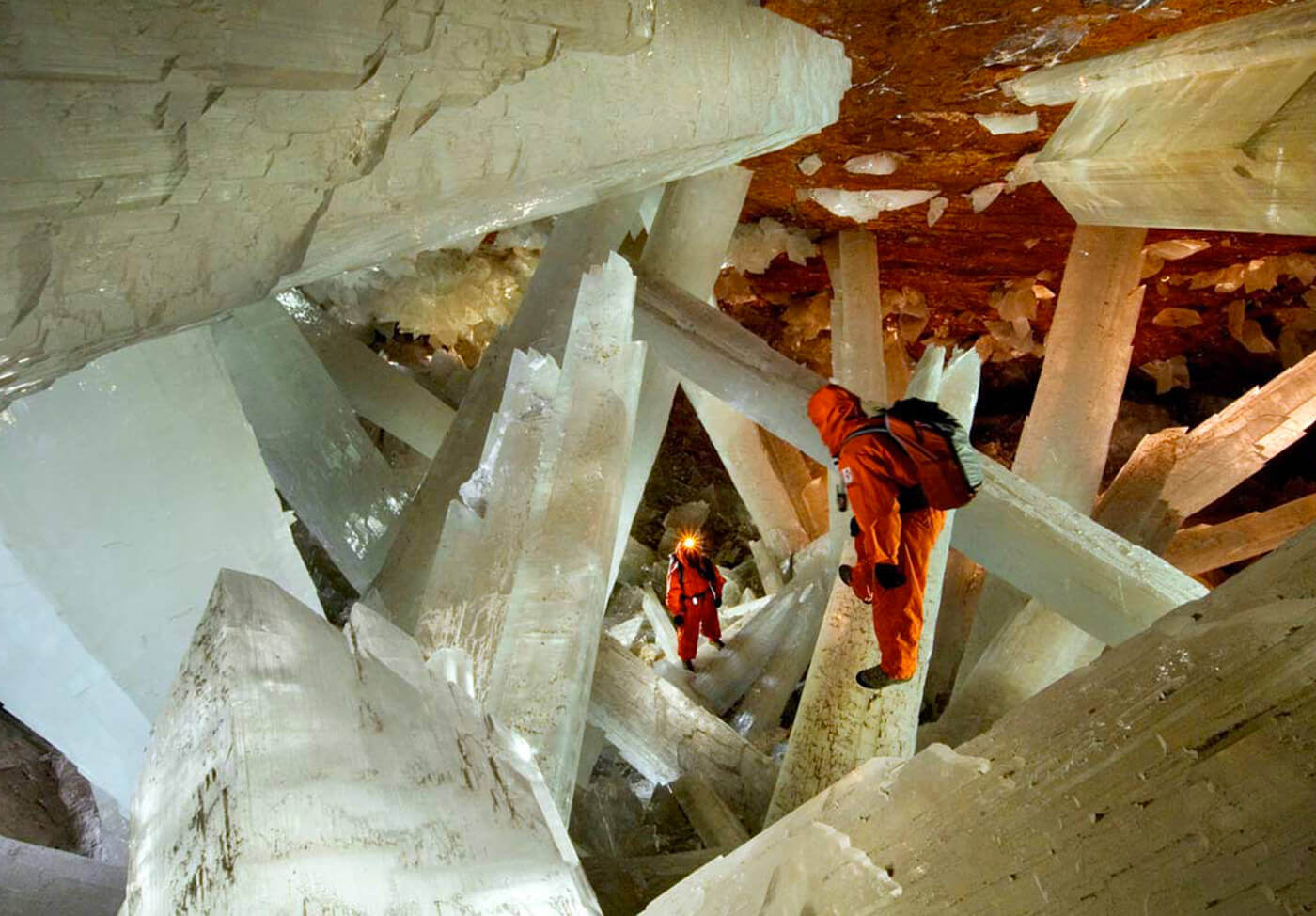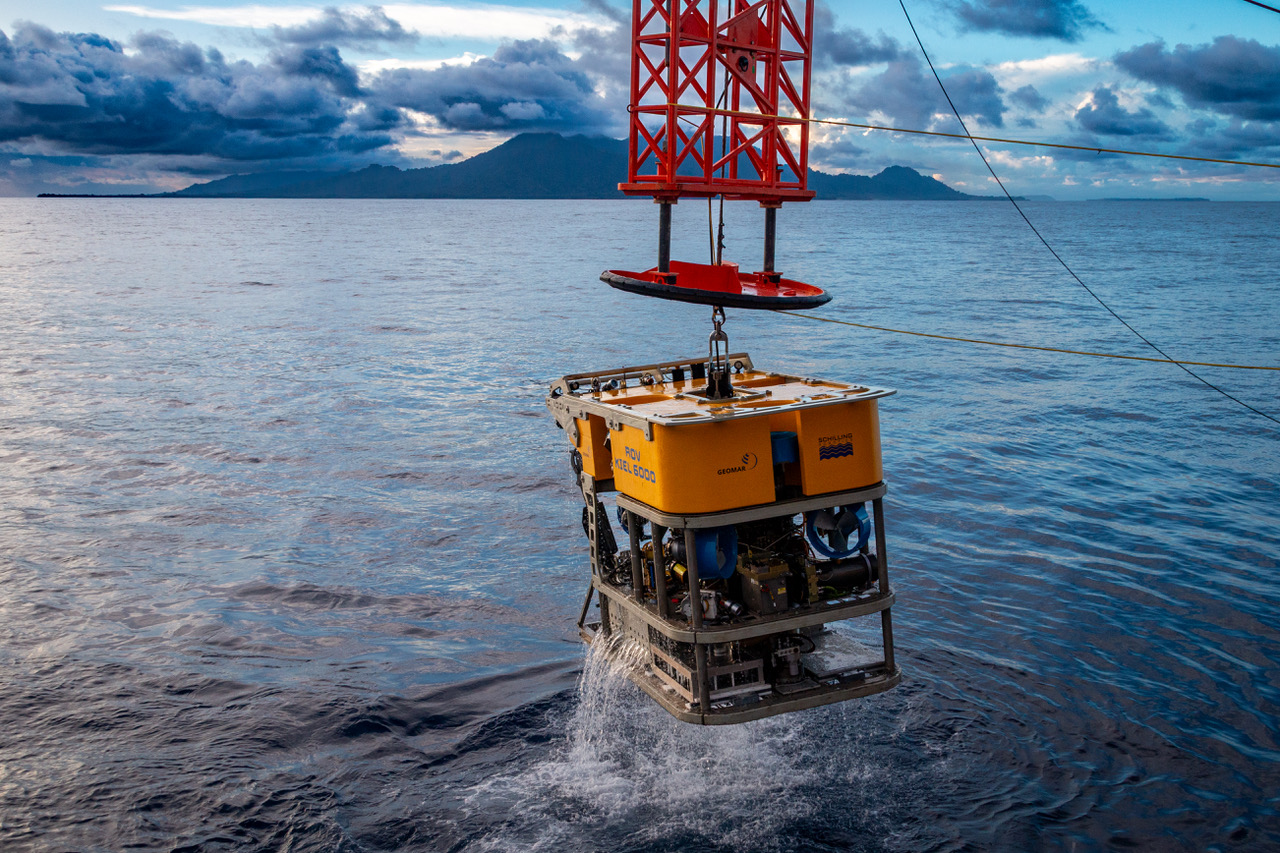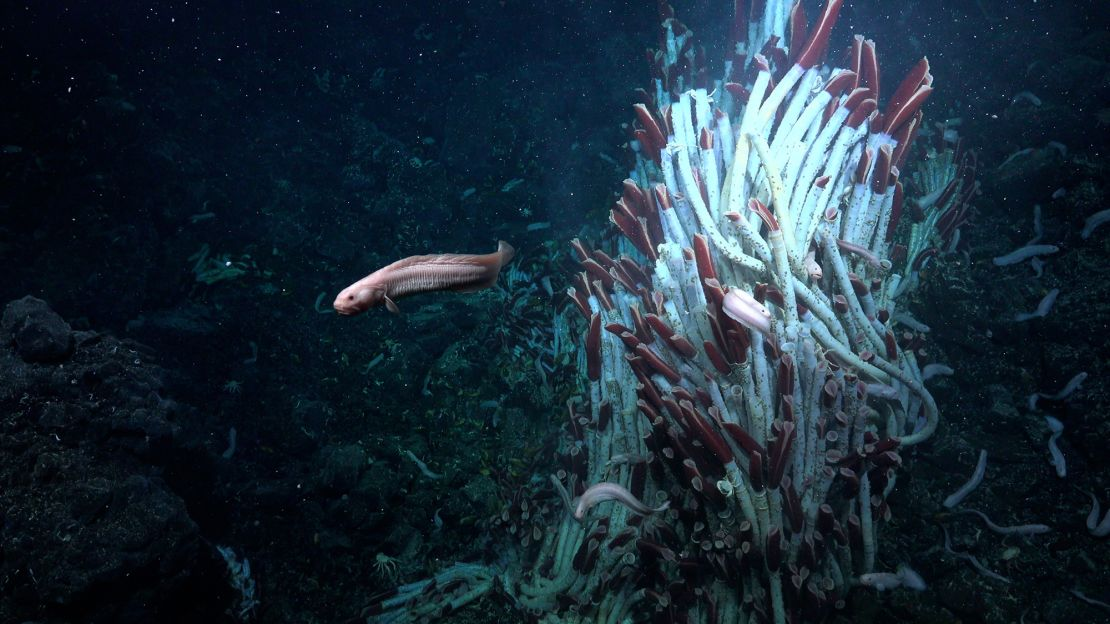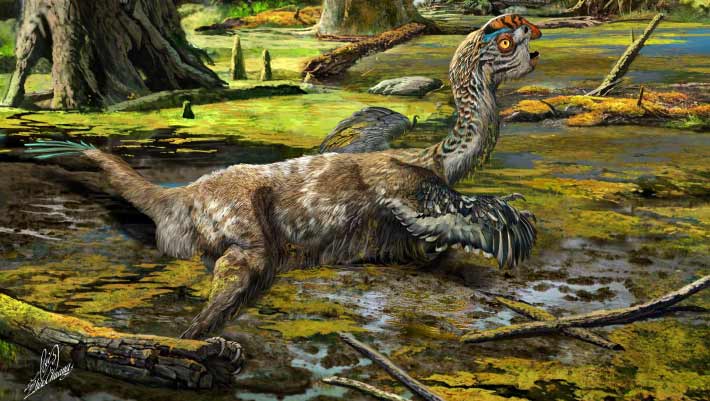Deep beneath the Naica Mine in Chihuahua, Mexico, lies one of the most extraordinary natural discoveries of the 21st century—the Cave of Crystals (Cueva de los Cristales). Discovered in 2000 by miners drilling a new tunnel, this hidden chamber is home to some of the largest natural crystals ever found, with some selenite structures stretching over 11 meters long and weighing up to 55 tons. The cave formed over 500,000 years through rare hydrothermal processes, making it a geological wonder unique in both scale and composition.
The crystals thrived due to a precise combination of high temperatures (around 58°C) and mineral-rich water that allowed them to grow slowly over millennia. What makes the cave even more remarkable is its hostile environment—high humidity and extreme heat mean humans can only remain inside for a few minutes without specialized suits. Despite its deadly conditions, the cave has provided researchers with clues about microbial life forms that have survived in isolation, hinting at potential analogs for extraterrestrial life.
While access to the Cave of Crystals is now restricted to protect its fragile ecosystem, it remains a symbol of Earth’s hidden majesty. Its discovery not only expanded our understanding of geological processes but also reminded explorers and scientists alike that some of the most awe-inspiring frontiers lie beneath our feet, waiting in silence to be revealed.




